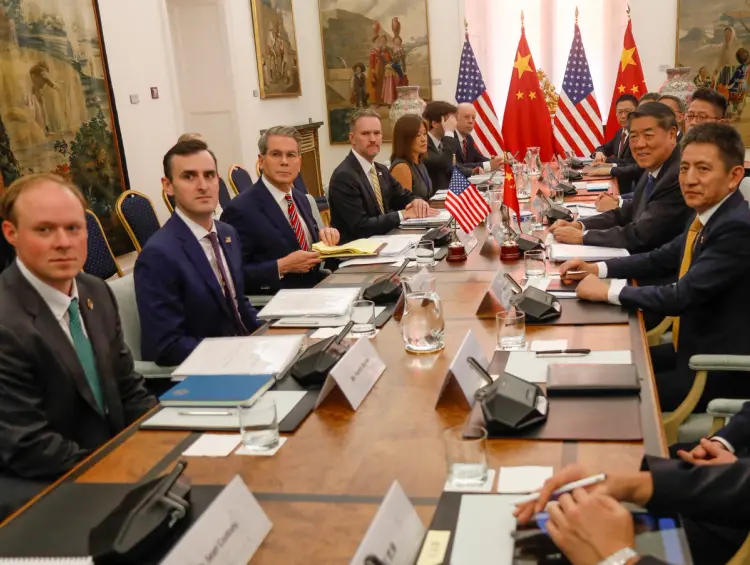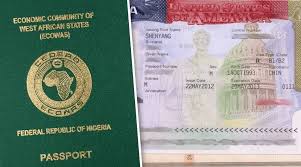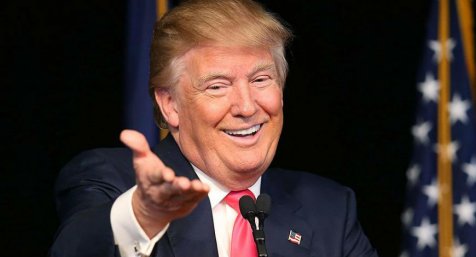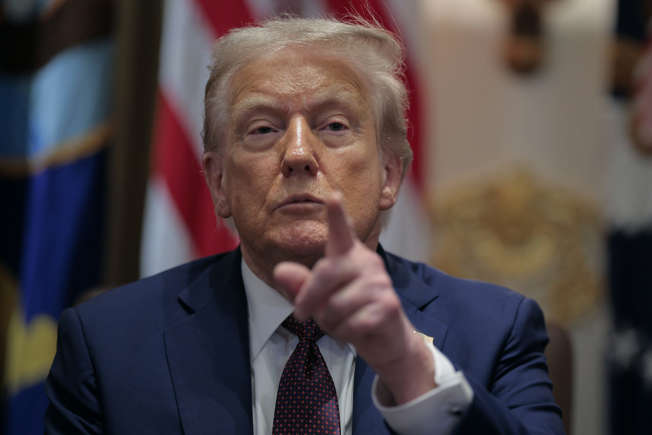
www.multilinks.biz
Currencies have different values because of supply and demand — just like products at a store — but also because of how strong a country’s economy is compared to others. Here’s the simple breakdown:
1. Supply and Demand
- If lots of people want a currency (like US dollars or euros), it becomes more valuable.
- If fewer people want it, or if there’s a lot of it printed (like inflation), it becomes less valuable.
2. Economic Strength
- Countries with strong economies (good jobs, strong businesses, stable governments) usually have stronger currencies.
- If a country is struggling (war, debt, political instability), its currency usually drops in value.
3. Interest Rates
- Central banks (like the Federal Reserve in the U.S.) set interest rates.
- Higher interest rates attract investors — which boosts the currency’s value.
- Lower rates often make the currency weaker.
4. Trade
- If a country exports a lot (sells goods abroad), other countries need its currency to buy those goods.
- More exports = stronger currency.
5. Inflation
- If prices inside a country rise fast (inflation), the currency loses value because it buys less.
Quick Example:
- US Dollar (USD) is strong because the U.S, China, Saudi. has a huge economy, low inflation (usually), and lots of global trade.
- Venezuelan Bolivar became very weak because of extreme inflation and economic problems.


















